By Ron Lieback
An adventure bike is made to do a little bit of everything. An adventure helmet should do the same. This guide shows you what to look for.
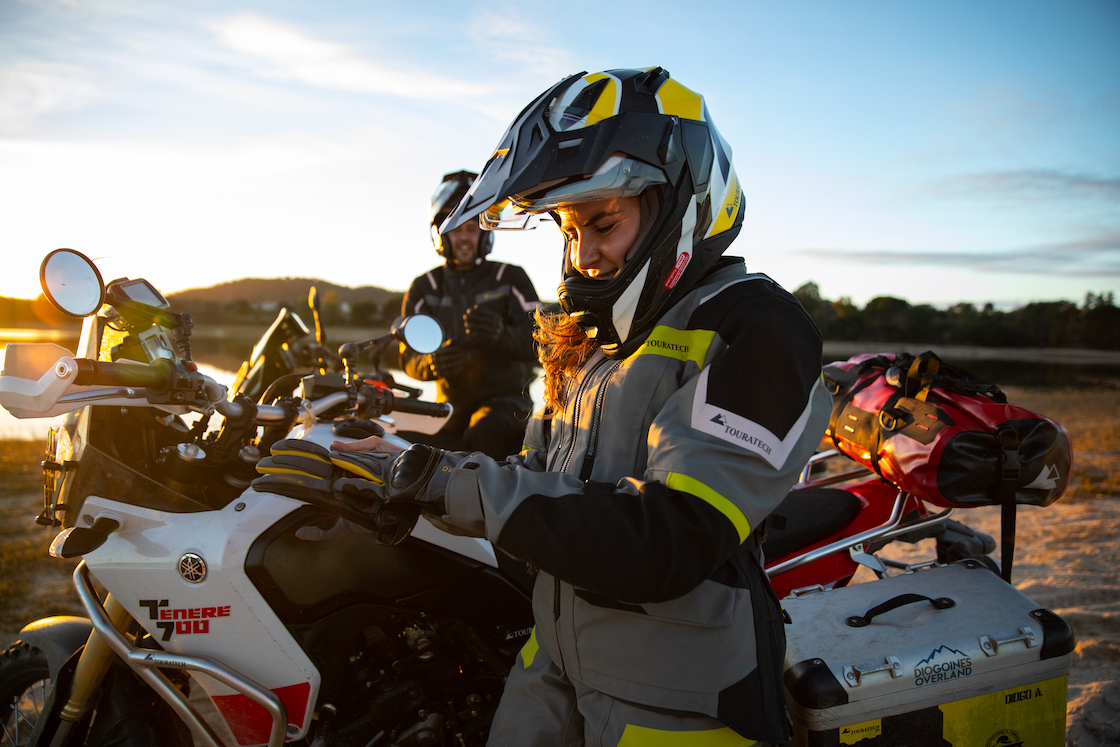
As we head into the 2022 riding season, adventure motorcycles are once again trending at a WOT pace with nearly every manufacturer offering one.
Even Harley-Davidson, for some the last manufacturer you’d think would launch an adventure bike, has entered the fray.
The appeal of adventure bikes is obvious. Not only do these machines let you endure long stretches on the back roads or highways in comfort, but when the pavement stops and the dirt begins, ADV bikes are ready for the challenge.
Just as motorcycling has caught up to the do-it-all nature of adventure bikes, helmet companies have to get in on the action too. But this poses a challenge.
Adventure helmets need to be able to provide the benefits of both road helmets and off-road helmets. How do you choose?
I’ll walk you through exactly what to look for in this guide. Beginning with some general topics, I’ll tell you what they mean and why they’re important.
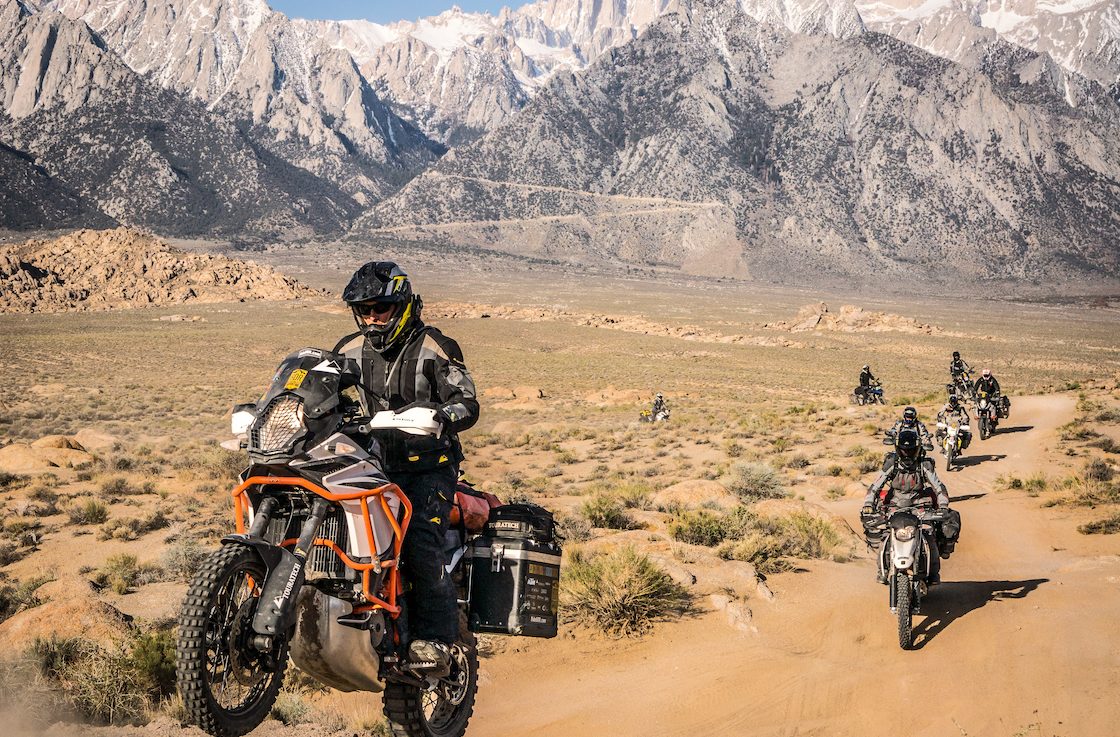
First, What is an adventure helmet?
For most of the 1980s and 1990s, and well before, adventure riders would either wear a street helmet or a dirt helmet and modify as needed.
Road riders would sometimes pop off the faceshield on their street helmet and wear goggles once they got in the dirt, or they would wear their motocross helmet, goggles and all, and just build their neck muscles on the road when the wind would want to pull the beaks of their helmets towards the sky.
An adventure helmet bridges the gap between the two. It’s mostly shaped like a dirt helmet but with a faceshield built-in for road riding.
The shield is designed to go on and off easily and be replaced with goggles if you want. There are also modular helmets that flip up.
Modulars are super convenient, but there’s a minority that argues these lids are unsafe. Some say the split in the shell for the front to open harms the integrity of the lid.
I’ve known friends who have crashed with modulars and never had issues. And many of the top helmet manufacturers have put these through some serious testing with positive reviews. I have no worries about them and use modular lids often.
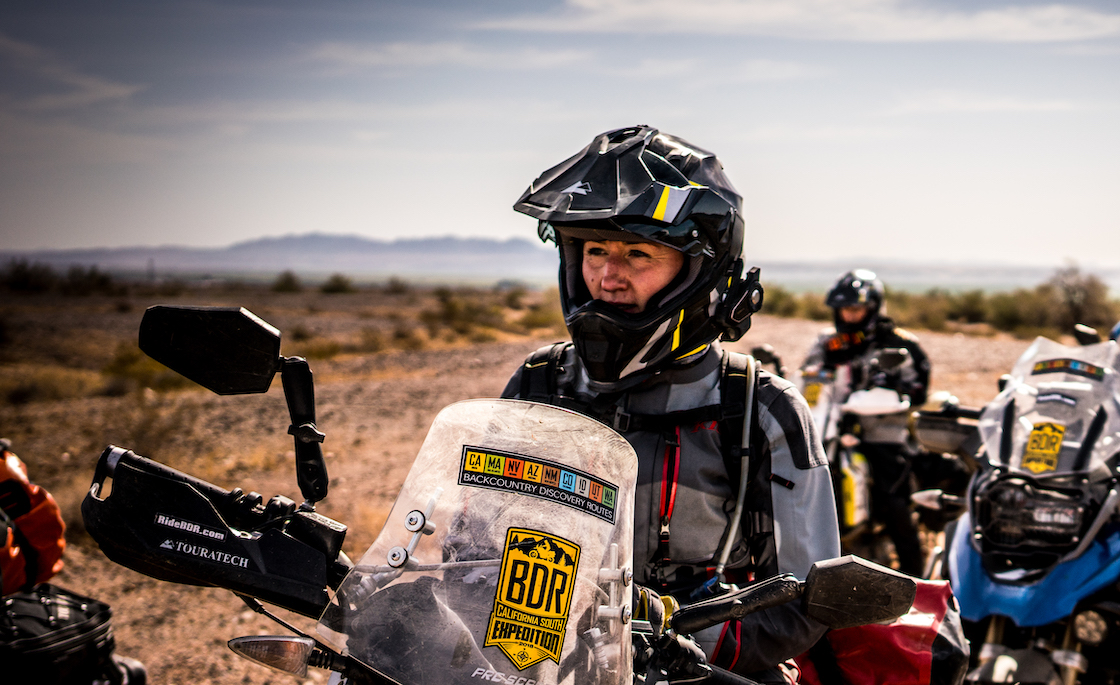
Adventure Helmet Guides: What to Look For
No matter what you’re looking for in an ADV helmet, the most important things are that it fits your head comfortably and meets all the required safety regulations (DOT approval!).
Your adventure helmet could have all the greatest features available, but it won’t do you any good if you don’t wear it because it’s uncomfortable.
With that said, here’s what to look for before purchasing an ADV lid.
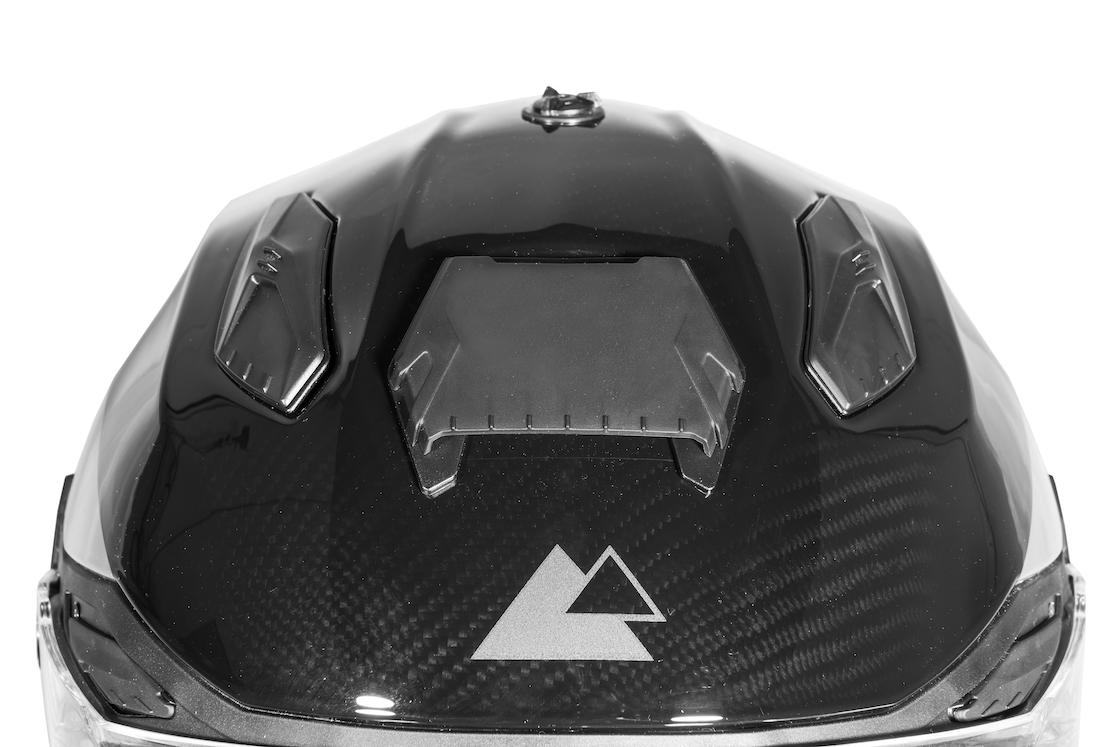
Ventilation
If you’re riding on a hot day or just working up a sweat through a tough trail, you want as much airflow as possible.
If you’re wondering why some helmets cost considerably more than others, part of the reason is that these companies have put some thought and design work into flowing as much air as possible through their helmets.
A well-ventilated head will help keep you cool for longer. Studies have shown that once your head starts to overheat, the rest of the body won’t be far behind. And this is a huge safety risk.
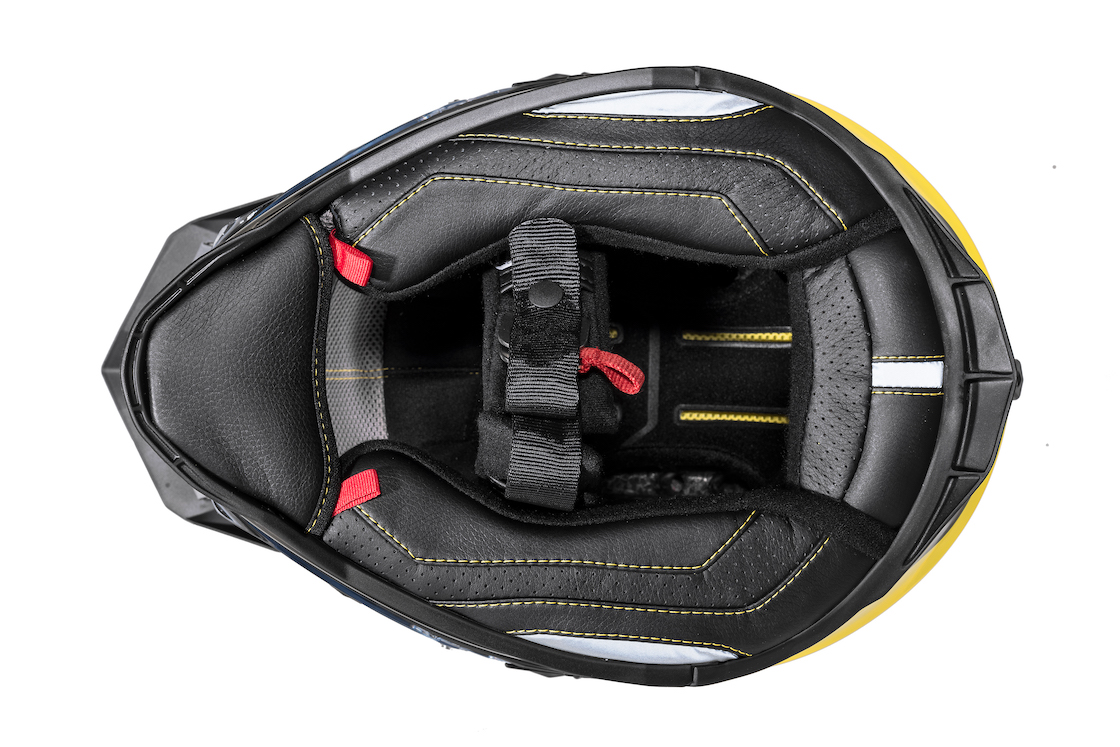
Interior Liner
You’re going to be spending a lot of time inside that helmet, so the material actually touching your skin better be nice.
Most quality helmets use a material that wicks away sweat, so the incoming airflow will help cool you down. Also, a nice feature to have is a fully removable liner (some only offer removable cheek pads).
That way, when you’re done riding and the inside of your helmet is nasty—something that often happens for adventure riders—you can just toss the liner into the washing machine.
A fresh helmet helps keep a positive focus before starting any ride, and a fresh-smelling liner does this quickly.
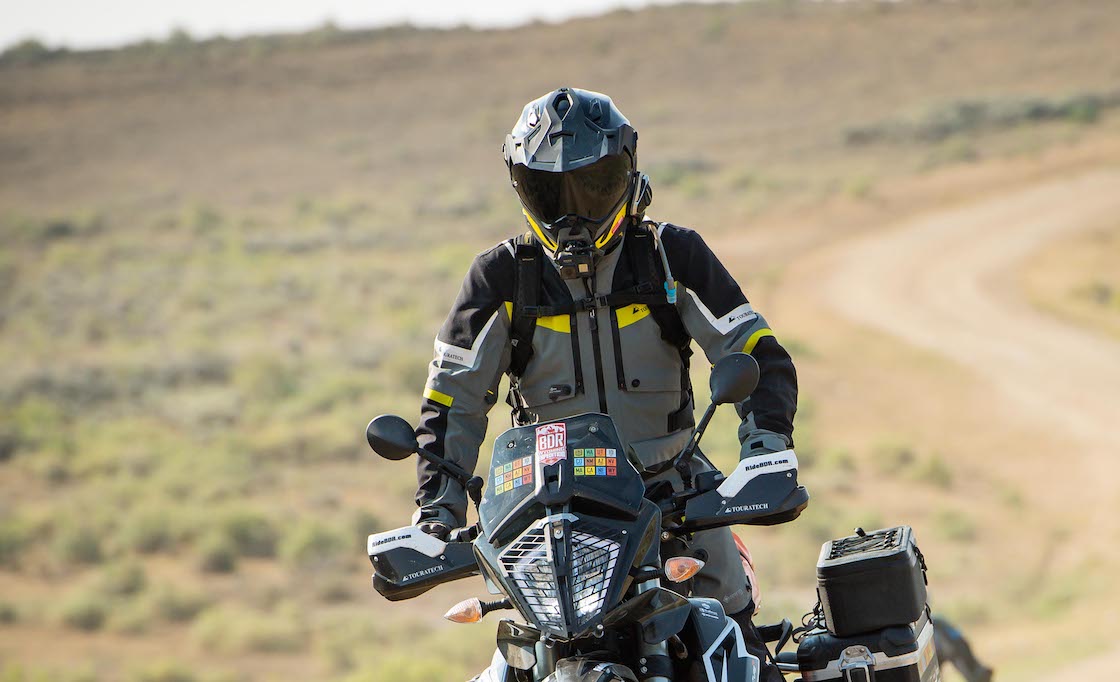
Visor
Helmets arrive with a clear visor, which is nice for night riding or riding in adverse conditions, but a dark visor is a way to go for sunny days. Other helmets arrive with flip-down internal dark visors, which is a feature that makes riding life much simpler.
See for yourself how easy or hard it is to change faceshields. Make sure it has some sort of fog barrier, too. A PinLock system is the popular choice nowadays and is offered on the most reputable lids.
Also, look through the visor to make sure it’s optically correct. While rare, this condition does occur on some helmets. This can cause a loss of focus, increasing your risk of smashing into something.
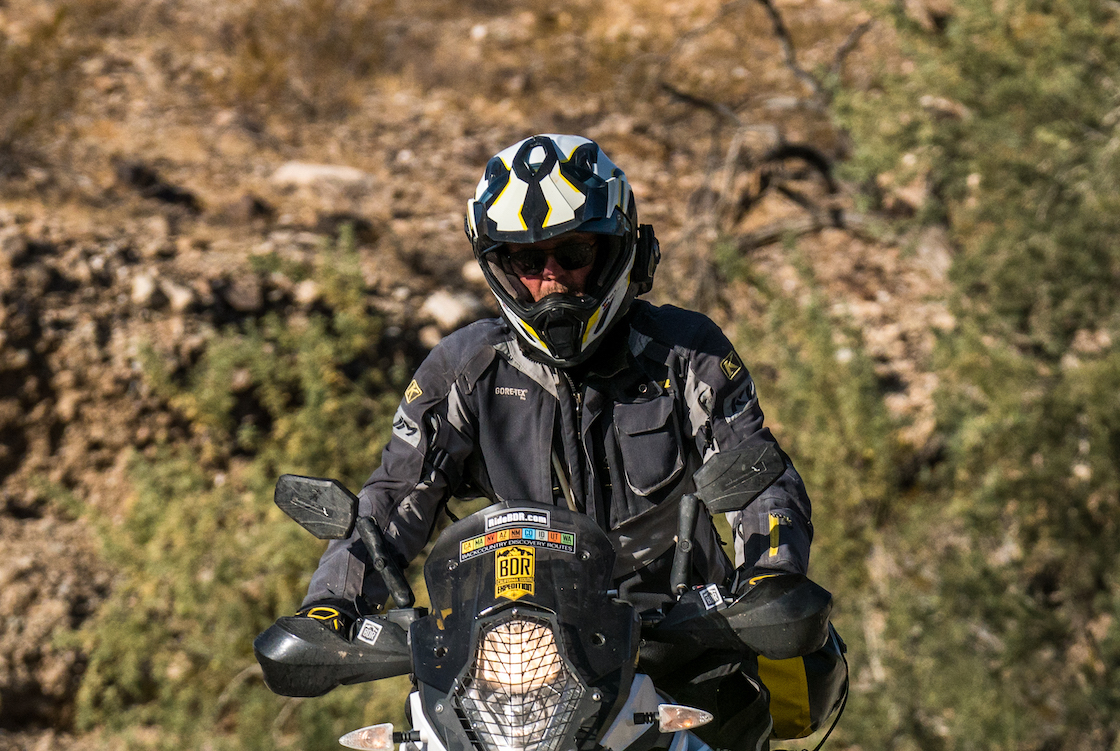
Weight
Light makes right, as the saying goes. A heavy helmet is going to wear you out much faster over the course of a long ride than a lighter one. So keep that in mind.
The average weight of a size large adventure helmet is around 3 to 3.5 pounds. That’s light enough to keep your neck and shoulders from aching after a long day of riding.
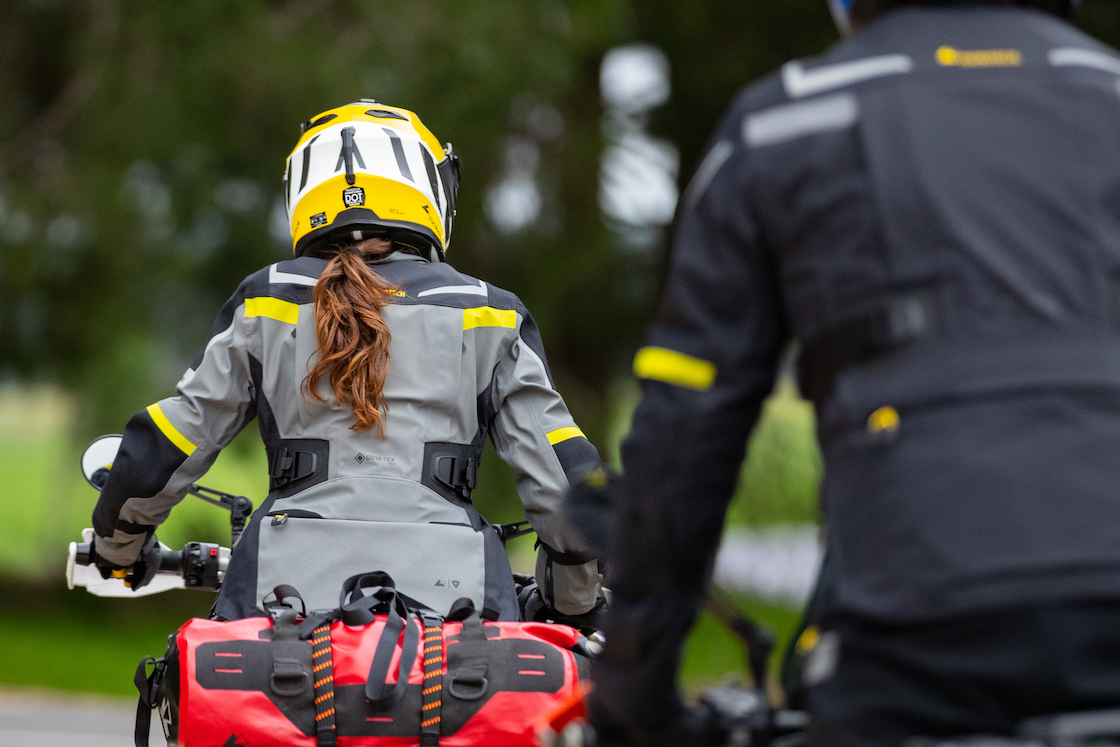
Shape/Comfort
This one comes in two parts. The shape of an Adventure helmet could lean towards a road bias or a dirt bias, or fall somewhere in the middle. Regardless, every shape will prompt a different feel on the head.
This is a reason manufacturers like Arai offer their street lids in a few different sizes. Everyone’s noggin is different, so a helmet’s shape can be comfortable for one rider and horrible for another rider. This is why it’s always best to try on a helmet before purchasing one.
Also, going back to the fit category, make sure the helmet is comfortable. And not just for the few minutes you try it at the store. Try wearing it for as long as possible to find any uncomfortable spots, or “hot spots,” as most of these problem areas are called.
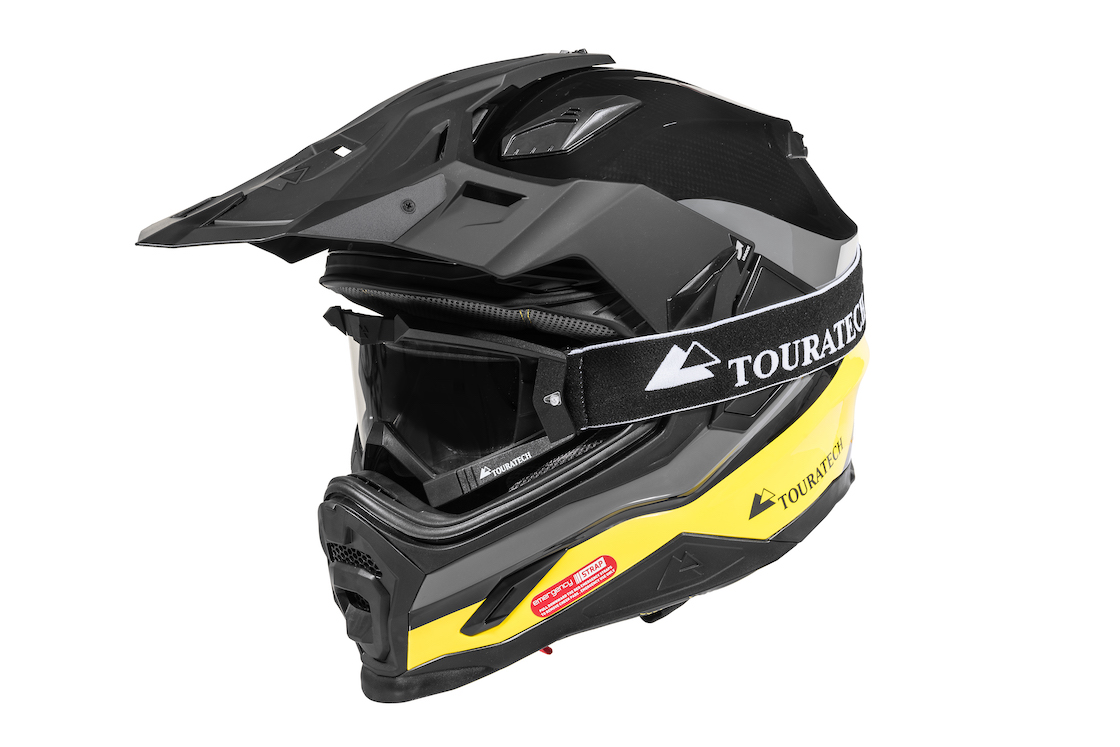
Goggles
Does the helmet allow you to wear them? Most do, but some may not. Or they may have a weird opening that might be too small for some goggles.
If you prefer goggles, make sure your helmet was designed for them.

Modular
I mentioned it earlier, but the modular option may be appealing for a lot of people. The option to flip up the chin bar will make it much easier to talk to people at a stop or while fueling up, take a drink, or just get some fresh air.
Again, some people argue the overall safety of a modular. They say because there’s a hinge in your helmet, it will never be as safe or robust as a non-modular helmet.
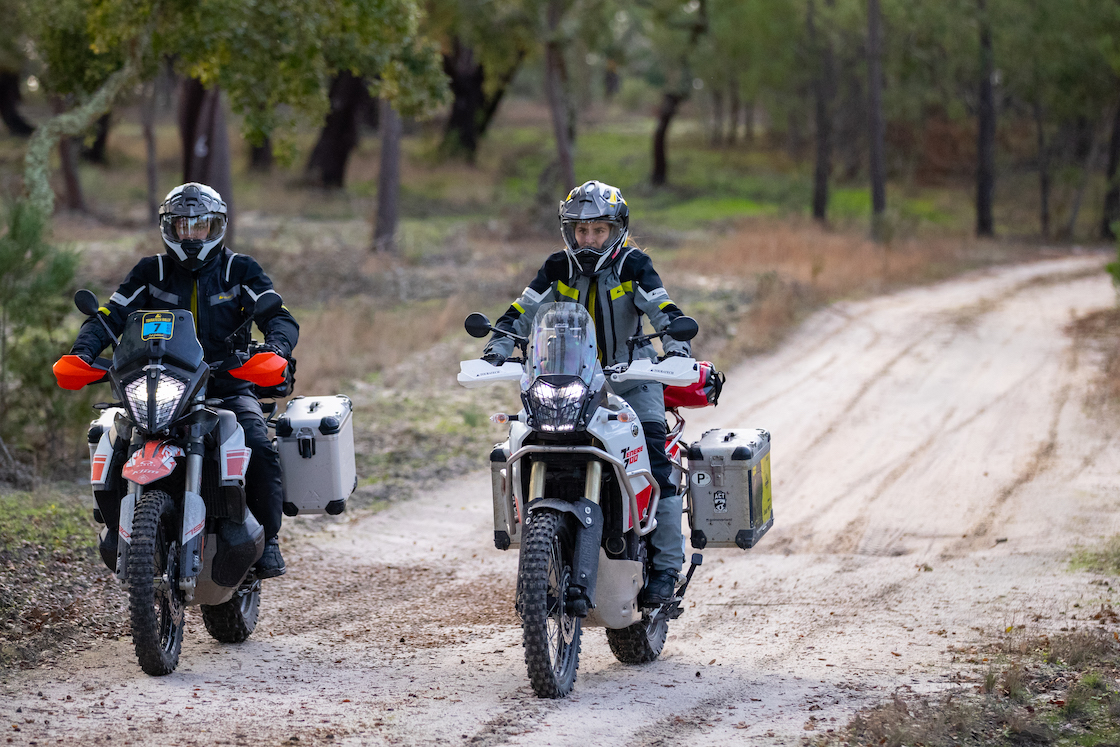
Price Point
This is the big one. How much are you willing to spend? Price points vary dramatically within the world of ADV lids, from $350 to over $1,000.
Fortunately, there are quality helmets at every price point. What you might give up by spending less are some of the creature comforts or slightly less ventilation.
And Remember The 5-Year Factor
How many years should you wear your helmet? The golden rule for motorcycle helmets is five years of manufacturer date. This is because a helmet’s shell naturally deteriorates over time from outside elements and simply time, which creates a safety hazard if you crash.
Most manufacturer’s dates are printed inside the shell or on the chin strap. If buying a used helmet, which is advised against because a helmet will naturally take on the shape of the previous rider, double-check that the lid is still in that window.
Know this factor also when buying bargain helmets online; contact the store and ask for a manufacturer’s date if you plan to keep it for a long time.
A happy adventure motorcyclist is a safe motorcyclist, and an essential portion of this safety factor is protecting your head with the proper helmet. But with so many choices available, finding the optimal lid takes some research.
This guide is designed to help minimize that research when you begin searching for your perfect lid. Happy ADV helmet shopping.
